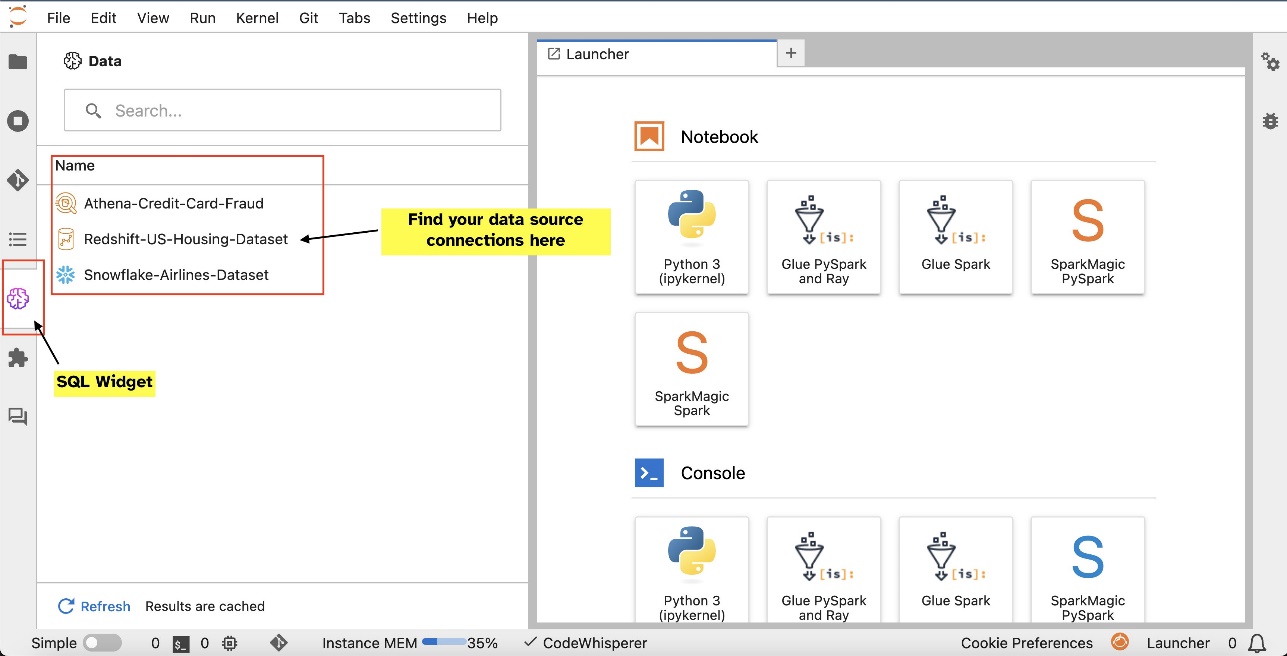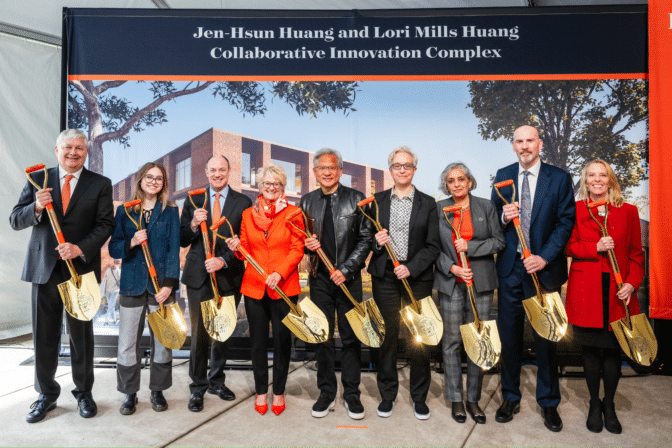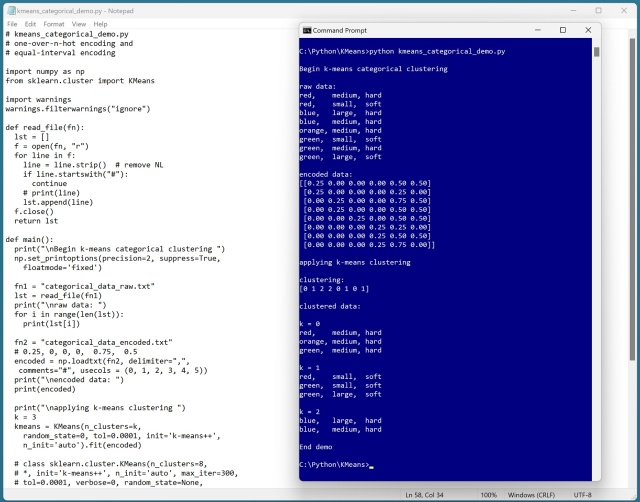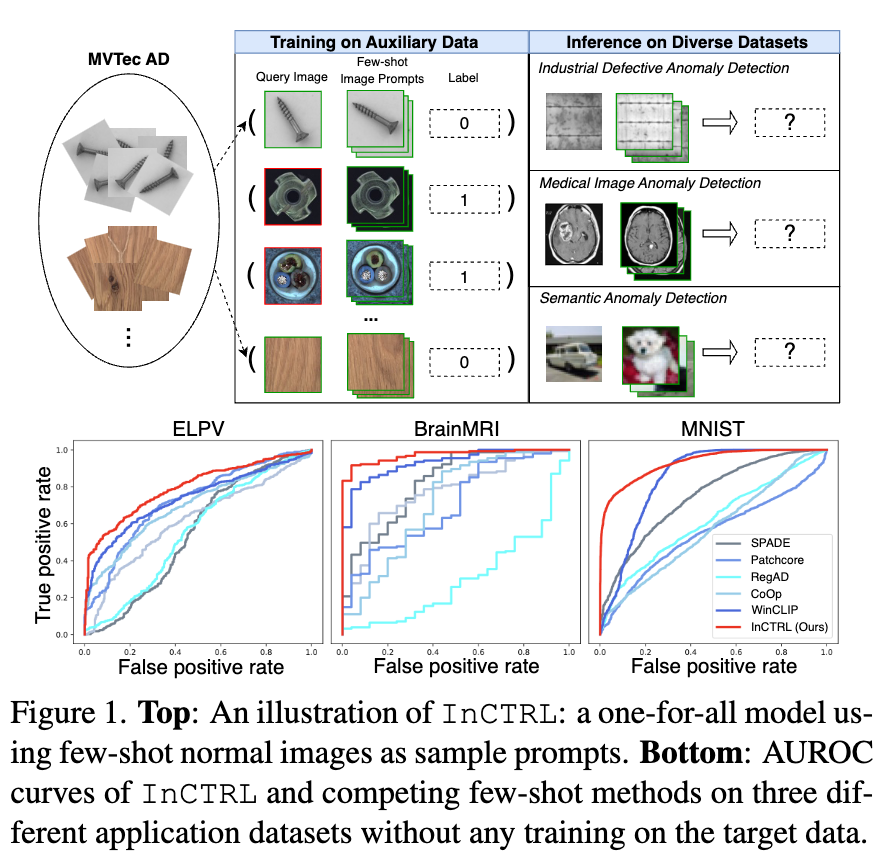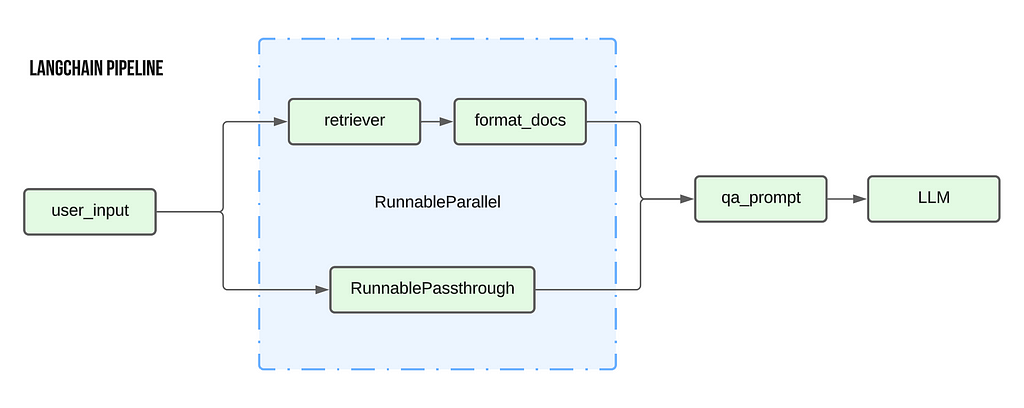Discover the latest groundbreaking research on AI applications in healthcare by leading tech companies. Learn how advancements in machine learning are revolutionizing patient care and diagnosis.
Discover how Company X revolutionized the tech industry with their groundbreaking product. Learn about the impact of their innovative technology on future developments.
Discover the groundbreaking AI technology developed by Google that is revolutionizing the healthcare industry. Learn how this innovative system is able to accurately predict patient outcomes with unprecedented accuracy.
Discover how innovative tech startup XYZ is revolutionizing the healthcare industry with their groundbreaking AI-powered diagnostic tools. Learn how their cutting-edge technology is saving lives and changing the way medical professionals approach patient care.
Discover how Company X revolutionized the tech industry with their groundbreaking AI software. Learn about the impact of their innovative product on various sectors.
Discover the groundbreaking research by Tesla on new sustainable energy solutions. Explore the innovative partnership between Apple and SpaceX in developing cutting-edge technology.
Discover the groundbreaking collaboration between Tesla and SpaceX in developing sustainable energy solutions. Explore how their innovative technologies are revolutionizing the future of transportation and space exploration.
Discover the latest breakthrough in AI technology by XYZ Company. Their innovative product has revolutionized the way businesses approach data analysis.
Discover the latest advancements in AI technology with groundbreaking research from leading companies. Learn how innovative products are revolutionizing industries worldwide.
Discover the groundbreaking research by XYZ Company on the development of a new AI technology that can revolutionize the healthcare industry. Learn how this innovation is set to improve patient care and diagnosis accuracy.
Discover the groundbreaking AI technology developed by Tesla for their self-driving cars. Learn how this innovation is revolutionizing the automotive industry.
Discover the latest breakthrough in AI technology by XYZ Company. Their revolutionary product is set to disrupt the industry with its cutting-edge capabilities.
Discover how XYZ Company revolutionized the tech industry with their groundbreaking AI technology. Learn about the impressive results and future implications of their innovative product.
Discover the latest breakthrough in AI technology by leading companies. Learn how innovative products are reshaping industries.
Discover the groundbreaking AI technology developed by XYZ Company, revolutionizing the healthcare industry. Learn how their innovative product is transforming patient care and diagnosis.






